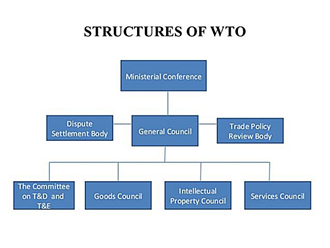Agricultural pricing policy in India has evolved significantly since independence, mainly to stabilise prices of agricultural commodities and ensure fair returns to farmers. Initially, the policy was characterized by strict controls on the movement of crops, compulsory procurement, and rationing, influenced by wartime controls. These measures aimed to ensure food security during a period of scarcity and high inflation. However, by the mid-1950s, the food situation improved, leading to the relaxation of controls and a gradual shift towards a more market-oriented approach.
In the late 1950s, recommendations from the Foodgrains Enquiry Committee and the National Development Council led to the introduction of state trading in food grains. This involved the government procuring key commodities like wheat and rice at predetermined prices to ensure farmers received fair compensation. Despite some initial challenges, this approach laid the groundwork for the Minimum Support Price (MSP) system, which guarantees a fixed price for certain crops to protect farmers against sharp price declines.
Need for Agricultural Price Policy
1. Price stability: Rapid and violent fluctuations in agricultural prices can have severe consequences for both farmers and consumers. For farmers, a sudden drop in prices can lead to significant financial losses and discourage future investment. For consumers, price spikes can lead to higher food costs, impacting household budgets and overall economic stability.
2. Income support: The policy aims to protect farmers by ensuring they receive a minimum return on their produce. The MSP system guarantees that farmers are not penalized for overproduction and provides a safety net against price volatility.
3. Encouraging investment: By providing price assurance, the policy encourages farmers to invest in better technology and inputs, leading to higher productivity and improved agricultural practices.
4. Supply management: Building up buffer stocks through government procurement helps manage supply and demand, ensuring that surplus produce does not lead to a market crash while also preventing shortages.
5. Consumer protection: The policy also aims to protect consumers from excessive price rises by stabilizing prices through strategic release of buffer stocks and imports when necessary.
6. Balanced growth: It helps in maintaining a balance between various crops by encouraging the cultivation of crops needed to meet growth targets, thereby avoiding over-reliance on a few commodities.
Spread the Word


